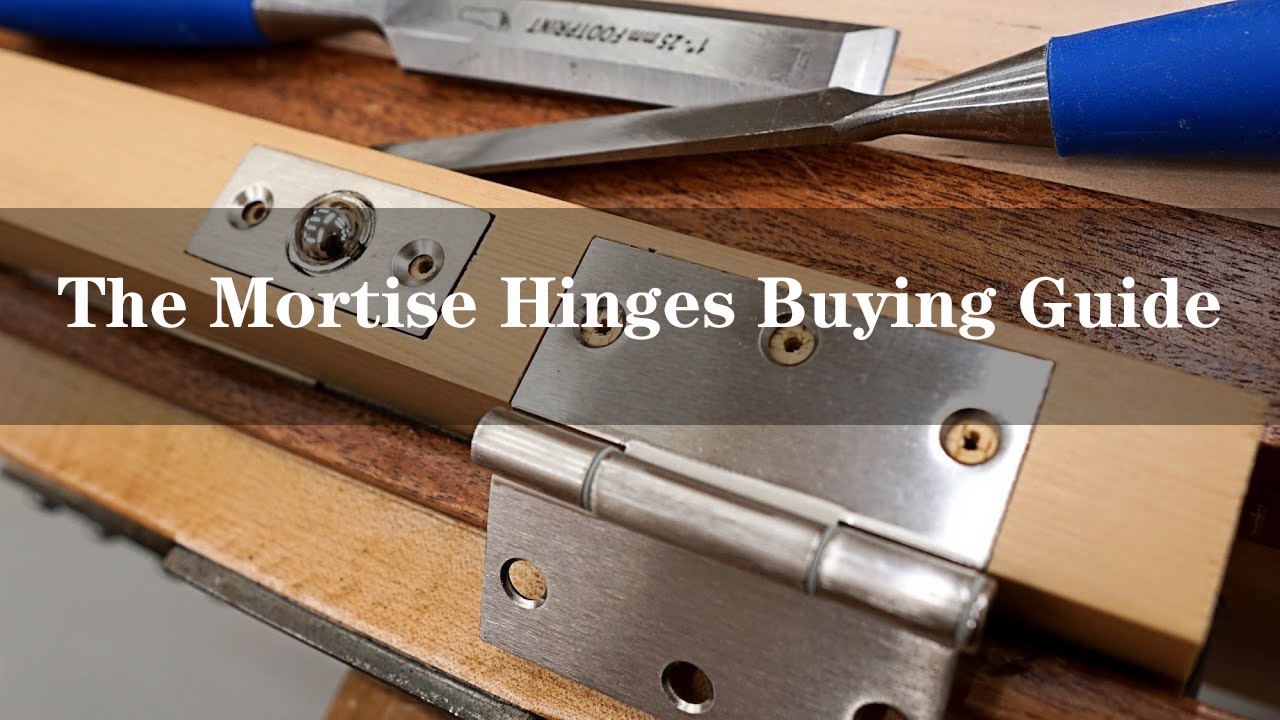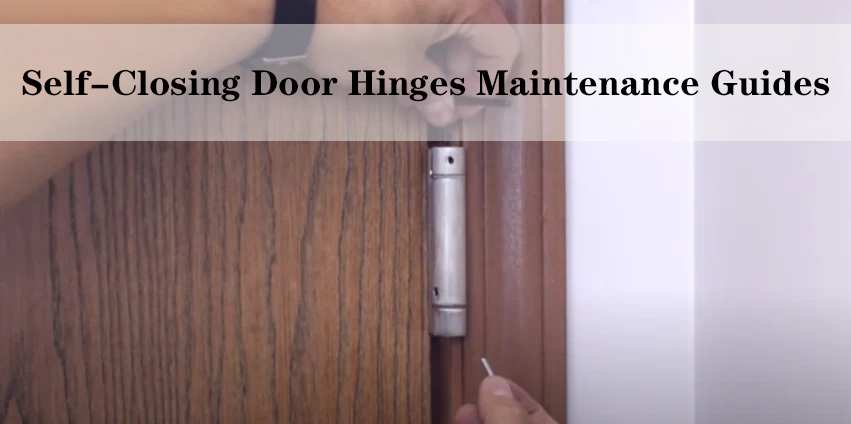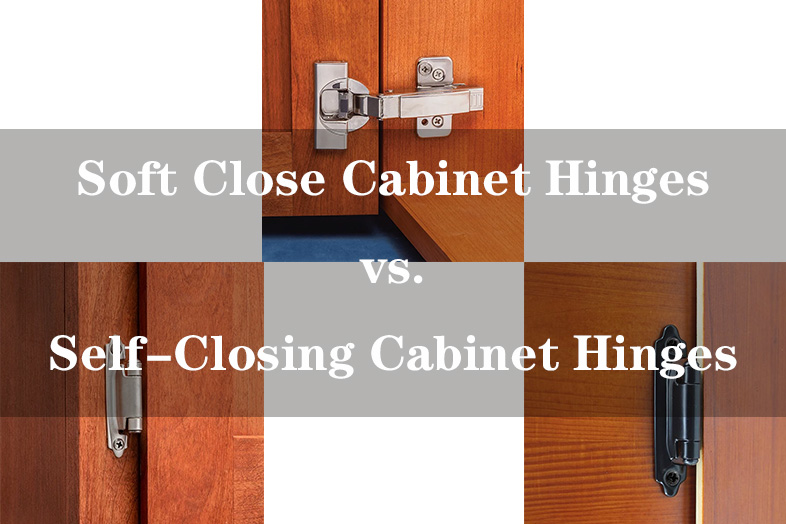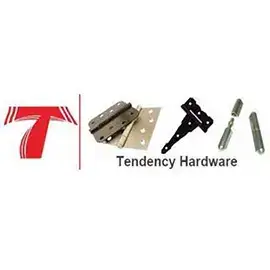When it comes to door installation, one crucial component that often goes unnoticed but plays a significant role is the mortising hinge. These hinges are responsible for providing stability, smooth operation, and proper alignment to your doors. However, many homeowners and even professionals overlook the importance of properly functioning mortising hinges.
In this section, we will delve into the significance of these hinges and explore their various use cases. We will also discuss common troubleshooting techniques for resolving hinge problems that may arise during door installation or maintenance.
Understanding the role of mortising hinges is vital for ensuring the longevity and functionality of your doors. So, let’s dive in and discover why these seemingly small components are so crucial in the world of door hardware.
Issue 1: Misaligned Hinges
Misaligned hinges can be a frustrating issue that affects the functionality and aesthetics of doors and cabinets. When hinges are not properly aligned, doors may not close properly or may have gaps when closed, compromising the security and privacy of a space.
Hinge misalignment can occur due to various reasons, such as improper hinge installation or wear and tear over time. However, it is important to address this issue promptly to ensure smooth operation and longevity of the hinges.
Correcting misalignment in hinges requires attention to detail and precise adjustments. One common method is to adjust the screws on the hinges to realign them with the door or cabinet frame. This may involve loosening or tightening specific screws until the desired alignment is achieved.
In some cases, additional measures may be necessary, such as using shims or filler material to fill gaps caused by misalignment. Professional assistance may be required for complex hinge alignment issues or situations where extensive repairs are needed.
By addressing misaligned hinges promptly and effectively, you can restore functionality and improve the overall appearance of your doors and cabinets. Don’t let misaligned hinges compromise your space’s security and aesthetics – take action today to correct this common issue.
Solutions: Check for loose screws and tighten them
Are you tired of dealing with loose screws, misaligned hinges, and the hassle that comes with it? Look no further! We have the perfect solution for you. With our easy-to-use techniques, you can quickly check for loose screws and tighten them in no time. No more worrying about wobbly furniture or doors that won’t close properly.
But what if you’re dealing with a mortise depth issue? Don’t fret! Our expert advice suggests using a chisel to adjust the mortise depth effortlessly. This simple yet effective technique will ensure that your doors fit perfectly into their frames, providing a seamless and secure closure.
And let’s not forget about those pesky misaligned hinges. We’ve got you covered there too! Realigning hinge leaves is as easy as tapping them gently with a hammer. Say goodbye to squeaky doors or hinges that are just slightly off-kilter.
With our proven methods, you can save time and energy by fixing these common household problems yourself. No need to hire expensive professionals or spend hours trying to figure out complicated solutions. Take matters into your own hands and enjoy the satisfaction of having everything in your home working smoothly.
So why wait? Start tightening those loose screws, adjusting mortise depths, and realigning hinge leaves today. Your home will thank you for it!
Issue 2: Sticking or Binding Hinges
Dealing with sticking or binding hinges can be a frustrating issue for homeowners and DIY enthusiasts alike. Not only does it hinder the smooth operation of doors and cabinets, but it can also lead to further damage if left unaddressed. Fortunately, there are effective solutions available to fix this problem and restore the functionality of your hinges.
One common approach is to lubricate the hinges. This simple yet effective technique involves applying a lubricant, such as WD-40 or silicone spray, to the hinge pins and moving parts. The lubricant helps reduce friction and allows the hinge to move freely, eliminating any sticking or binding issues.
In some cases, sticking or binding hinges may require more than just lubrication. If the problem persists, it may be necessary to adjust or realign the hinge plates or screws. By carefully tightening loose screws or adjusting the position of the hinge plates, you can ensure that they are properly aligned, allowing for smooth movement.
For mortising hinges specifically, another potential solution is to address any underlying issues with the door frame itself. Sometimes, misalignment in the door frame can cause hinges to stick or bind. By carefully inspecting and correcting any irregularities in the frame’s dimensions or alignment, you can alleviate strain on the hinges and restore their functionality.
In conclusion, dealing with sticking or binding hinges doesn’t have to be a daunting task. With proper lubrication techniques, adjustments in alignment, and addressing underlying frame issues when necessary, you can effectively resolve this issue and enjoy hassle-free operation of your doors and cabinets once again.
Solutions: Remove excess paint or varnish from the hinge surfaces
When it comes to maintaining the functionality and longevity of your hinges, there are a few essential steps that cannot be overlooked. Whether you’re dealing with a squeaky door or a hinge that’s not moving as smoothly as it should, taking the time to remove excess paint or varnish from the hinge surfaces is crucial. By doing so, you’ll ensure that the hinges can operate freely without any restrictions.
But why stop there? To truly optimize the performance of your hinges, applying a reliable lubricant is key. WD-40, for instance, has been trusted by professionals for years to eliminate friction and keep things running smoothly. By simply applying this lubricant to your hinges, you’ll notice an immediate improvement in their movement.
In addition to removing paint or varnish and lubricating your hinges, it’s essential to ensure that there are no obstructions in the hinge mechanism itself. Over time, debris and dirt can accumulate in these small crevices, causing unnecessary strain on the hinges. By regularly inspecting and cleaning out any potential obstructions, you’ll prevent future issues from arising.
By following these simple yet effective steps – removing excess paint or varnish from hinge surfaces, applying lubricant like WD-40 to eliminate friction, and ensuring no obstructions in the hinge mechanism – you’ll not only extend the lifespan of your hinges but also save yourself from potential headaches down the road. Don’t let minor issues with your hinges slow you down; invest a little time now for long-lasting results.
Issue 3: Sagging Door Due to Weak Hinges
Is your door sagging and causing frustration every time you try to close it? The culprit could be weak hinges that are unable to support the weight of the door. But worry not, because there is a solution to this common issue.
Weak door hinges can lead to a sagging door, making it difficult to open and close smoothly. This not only affects the functionality of the door but also poses a safety risk. However, reinforcing weak mortising hinges can bring your door back to its former glory.
By reinforcing the weak hinges, you can restore stability and strength to your door. This process involves adding additional support or replacing the existing hinges with stronger ones that can withstand the weight of the door. Reinforcing weak mortising hinges ensures that your door operates smoothly and securely, giving you peace of mind.
Don’t let a sagging door inconvenience you any longer. Take action today by reinforcing those weak hinges and enjoy a properly functioning and secure entryway once again.
Solutions: Replace weak or damaged screws with longer and stronger ones
By replacing those flimsy screws with high-quality, heavy-duty alternatives, you can ensure that your doors, cabinets, or furniture will stay securely in place.
But why stop there? If you want to add even more support and stability, consider installing hinge shims or reinforcement plates. These simple additions can drastically improve the strength of your hinges and prevent any future issues.
And if you’re dealing with particularly heavy doors or cabinets, it might be worth considering an upgrade to heavy-duty mortise hinges. These robust hinges are specifically designed to handle heavier loads and provide long-lasting durability.
Don’t let weak screws compromise the integrity of your furniture or doors. Upgrade to longer and stronger screws, add extra support with hinge shims or reinforcement plates, and consider heavy-duty mortise hinges if necessary. Your peace of mind is worth it!
Issue 4: Loose Hinge Screws
Loose hinge screws can be a frustrating issue that many homeowners encounter. When the screws holding the mortising hinges become loose, it can lead to a variety of problems such as squeaky doors, misaligned hinges, and even doors that don’t close properly.
Tightening loose screws is a simple yet effective solution to this problem. By addressing this issue promptly, you can prevent further damage and ensure that your doors function smoothly.
One way to tighten loose screws in mortising hinges is by using a screwdriver or drill with the appropriate bit size. Gently turn the screw clockwise until it feels snug, being careful not to overtighten and strip the screw or damage the hinge.
Another useful tip is to apply some wood glue or toothpicks coated in wood glue into the screw holes before tightening them. This will provide added stability and help prevent future loosening.
Regular maintenance is key to preventing loose hinge screws. It’s recommended to periodically inspect your hinges for any signs of looseness and address them promptly. By taking these simple steps, you can ensure that your doors remain functional and secure for years to come.

Solutions: Remove the loose screw and apply some wood glue before reinserting
Firstly, identify the loose screw and remove it carefully. This step is crucial as it allows you to assess the extent of the damage and determine the best course of action. Once removed, inspect both the screw and the hole it came from for any signs of wear or damage.
Next, apply some wood glue to either the screw or inside the hole. This adhesive will help create a stronger bond between the screw and the wood, preventing future loosening. For an even more secure fit, consider using toothpicks or wooden dowels coated with wood glue. These can be inserted into worn-out screw holes to provide additional support.
To use this method effectively, simply dip toothpicks or wooden dowels into wood glue before inserting them into the hole. Make sure they are placed snugly but not too tightly to avoid splitting or damaging the wood. Once in place, break off any excess material protruding from the surface.
If you find that there are multiple worn-out screw holes or if they are beyond repair due to extensive damage, don’t fret! You can easily replace them with new ones. Simply remove all existing screws and use a drill bit slightly smaller than your new screws’ diameter to create fresh holes in suitable locations.
In conclusion, by following these steps – removing loose screws carefully, applying wood glue or using toothpicks/dowels coated with glue for added support when reinserting them – you can ensure a more secure fit for your furniture’s screws. This approach will save you time by avoiding future repairs while making your furniture sturdier than ever before. Don’t let loose screws ruin your day – take action and enjoy the peace of mind that comes with a solidly built piece of furniture.
Conclusion: Troubleshooting and Fixing Mortising Hinge Problems
In conclusion, troubleshooting and fixing mortising hinge problems is crucial for ensuring smooth-functioning doors. By addressing common issues such as loose hinges, squeaking noises, or misaligned doors, homeowners can restore the functionality and aesthetics of their doors.
Regular maintenance and inspection of hinges are essential to identify any potential problems early on. Simple solutions like tightening loose screws or lubricating hinges can often resolve minor issues. However, for more complex problems like hinge misalignment or damaged hinge plates, seeking professional assistance may be necessary.
Remember that a well-maintained door not only enhances the overall appearance of your home but also provides security and convenience. By understanding the common problems associated with mortising hinges and implementing appropriate troubleshooting techniques, you can ensure that your doors operate smoothly for years to come.
























